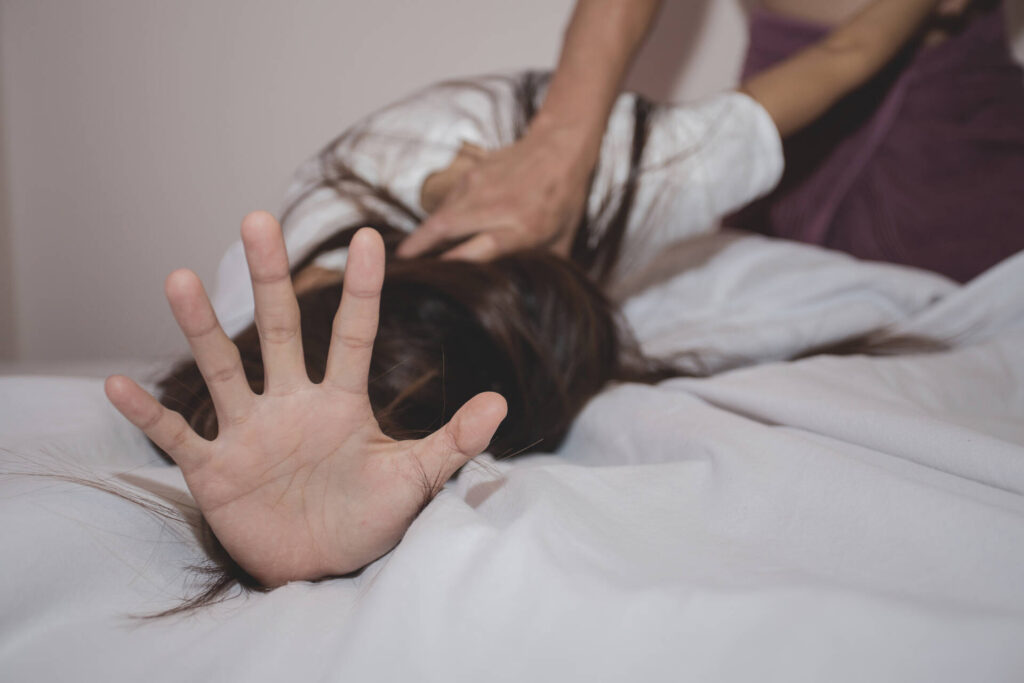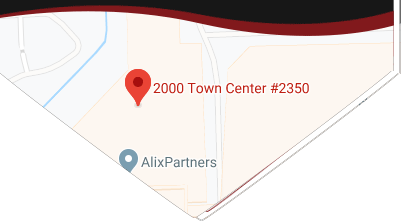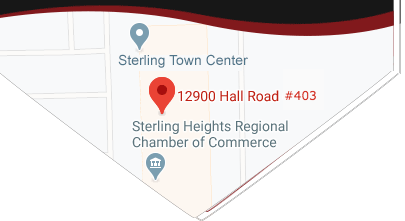Has your partner begun threatening you with violence? Have you noticed somebody stalking you when you go out? Is the other parent of your child behaving in a manner that scares you? If you answered yes to any of these questions, then you probably will want to know more about restraining orders and how they can help you.
In Michigan, we call these personal protection orders or PPOs. There are three types of PPOs that a person can get and which is right for you depends on the circumstances of your particular situation. We’ll look at the types of restraining orders first before turning our attention to how you would get one put in place. Then we’ll discuss how a restraining order protects you and how to benefit from it the most.
There Are Different Types of Personal Protection Orders?
There are three types of personal protection orders. They are;
- Domestic Relationship PPO
- Nondomestic PPO
- Nondomestic Sexual Assault PPO
Each of these has a different set of criteria around when it can be used. Let’s look at each in turn.
Domestic Relationship PPO: In order to use one of these PPOs you need to be able to show the judge that the abuser is likely to assault, harass, threaten, or stalk you and that the abuser is somebody you’ve had a domestic relationship with. Domestic relationships in this manner would mean a spouse, an ex, the other parent of your child, a person you lived with or do live with, or somebody you dated.
If you get one of these in place it would prevent your abuser from entering your home, assaulting or attacking you, threatening you, removing children from your home, buying or having a gun, stalking you, having access to your work, messing with you at work or at your school. What exactly is banned will be decided by a judge but you are allowed to make a request, so if there was a specific thing you were worried about like them interfering with you at work then you could make a note.
Nondomestic PPO: These are known as stalking PPOs. They are made to prevent you from being stalked or harassed by somebody with which you don’t have any kind of a domestic relationship. In order to get one of these PPOs, you will need to show that there were at least two incidents of harassment. That means two instances of unwanted contact. That is contact that has no purpose and that causes you emotional pain or it causes you to be afraid.
Getting a nondomestic PPO will prevent your abuser from following you, appearing at your work or at your home, calling you, going onto a property you occupy, sending you mail, cyberstalking you, buying or having a gun, threatening to kill you, delivering any type of object to you, or additional behaviors that a judge could restrict them from.
Nondomestic Sexual Assault PPO: A nondomestic sexual assault PPO is designed to protect you from somebody that sexually assaulted or threatened to sexually assault you at a time when you did not have any kind of domestic relationship with them.
Getting a nondomestic sexual assault PPO would prevent your abuser from threatening to sexually assault you, following you, appearing at your home or at your work, entering your home, approaching you, calling you, sending you mail, buying or having a gun, removing children from your home, placing objects at your home or at your work, stalking you online, sending you nudes or other sexually-related materials. As with all PPOs, you are able to request certain behaviors be stopped but it is up to a judge to determine exactly what behaviors will be banned under the PPO.
How Do I Get a Restraining Order?
To get a restraining order, you petition the court with relevant information to request a PPO. For many people, getting a PPO is an emergency to prevent them from being harmed. You can request that you are given a PPO through an emergency order called an ex parte order. This would allow you to get a PPO without your abuser finding out until you have the order.
However, these are emergency orders and are turned down quite often. If you don’t request one, or if yours gets turned down, then the court would schedule a hearing within a few weeks in order to hear your side of the story. Your abuser is also invited to the court to respond to the information you give.
While at the hearing you will be able to bring forth witnesses and present evidence to the judge that can help with making their decision. Many people work with an attorney to ensure that the argument they present to the judge is strong enough to ensure a PPO is put in place.
Does a Restraining Order Give Me Safety?
A protective order is a deterrent. If your abuser engages in behavior that has been banned through a PPO then they can be arrested for violating that behavior. For many people, this is enough to prevent the behavior from continuing.
However, it’s important to remember that people have free will and plenty are willing to commit crimes regardless of the possibility of arrest. So while a PPO helps to add a level of protection, it shouldn’t be the only action you take for your own safety.
Depending on the circumstances of your specific situation, there are a number of ways that you can improve your safety through actions like creating a safety plan, having an escape plan from your home or work, making sure people know where you are, or having somebody you call if you are threatened.
Do I Need an Attorney to Get a PPO?
You don’t need an attorney to get a PPO but an attorney could be the difference between proving to a court that a PPO is necessary and failing to get one. If someone’s behavior has made you worried for your safety, reach out to The American Divorce Association to learn how one of your attorneys can help you get a PPO to increase your feeling of security.















